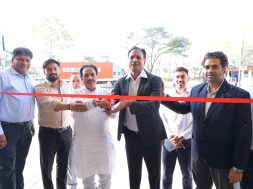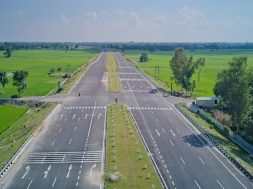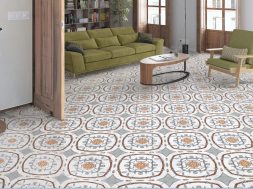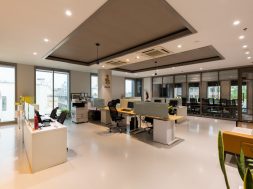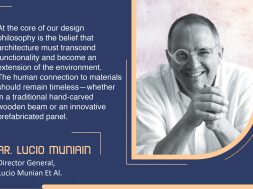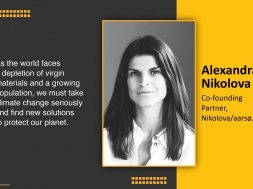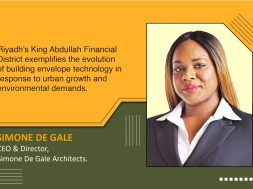There’s no formula for balancing aesthetics and functionality
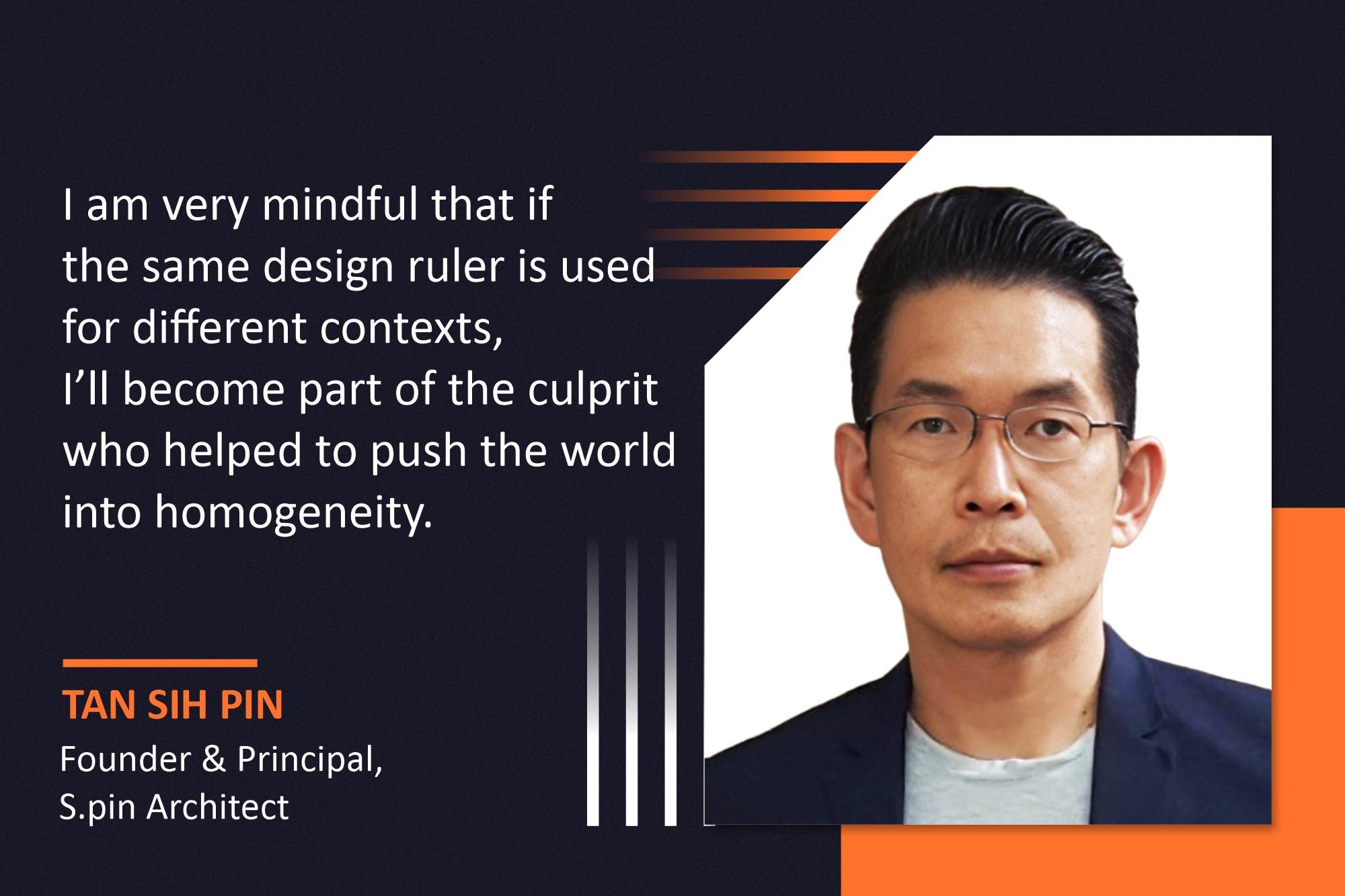
This discussion focuses on how to strike a balance between technology and the already existing architectural styles while designing.
What factors would you consider while blending cultural elements with modern architectural designs in your projects?
Malaysia is blessed with several architectural styles, such as traditional Malay houses, Chinese courtyard houses, traditional huts of the Indigenous people, and “hybrid” architecture from the British-invented tropical colonial architecture.
The cultural elements from these vernacular architectural designs can be subdivided into social-traditional design and traditional bioclimatic design. My design philosophy focuses on thoroughly analysing a design, extracting the essence relevant to the requirement, and improvising it with all the modern materials, technology, and typology, considering the current and future contexts. Although some of the cultural elements may not be relevant currently, traditional bioclimatic design is still very relevant as the climate of Malaysia has not changed much.

I want to share two such examples: The first is that of a corporate office building in Johor, Malaysia. To keep the building’s fire staircases fully, naturally ventilated and free from rainwater and to ensure safety, the “monsoon window” was created, drawing inspiration from the traditional hut designs of the Indigenous people. In this design, the upper pane of the window protrudes out of the lower pane, ensuring complete, moist-free ventilation and safety. The second is that of a club offering sports and commercial facilities in Selangor. The traditional colonial shop houses of Penang inspired the design of this property. The elongated openings above the windows were created based on the decorative openings called “Hong Kang”, or wind holes, designed for the wind to enter so that the office spaces below can be kept cool.
How do you balance aesthetics and functionality in your designs?
To me, there is no specific formula for striking a balance between aesthetics and functionality. The easier way is to blend both together. We normally make aesthetic decisions based on their functionality so that each aesthetic element can serve its purpose. Although some aesthetic elements may have been perceived as purely decorative, unknowingly, they help to evoke our senses, making us happy or calming us down, which is good for general mental well-being. I believe that aesthetics do not always provide functionality.
What, in your opinion, is the role of technology in shaping the future of architectural designs?
Technology has always been holding our hands, from the advent of drawing software to 3D visualisation technology. I believe technology should be treated as our servant rather than our master! For example, AI should be used to reduce time-consuming mundane work or complicated tasks to help us achieve our design goals faster and further, and it should not be allowed to lead or control us.
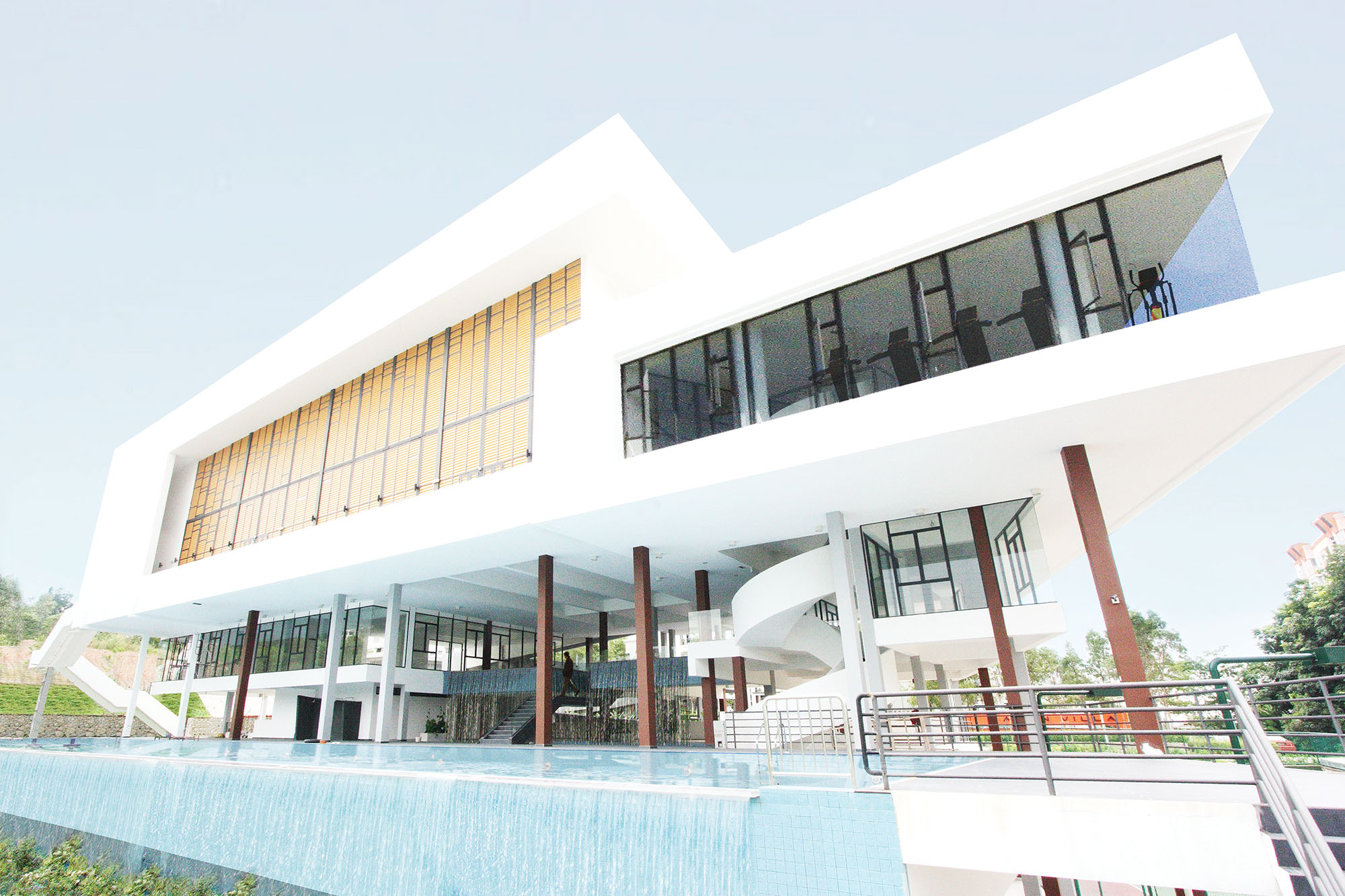
How do you ascertain sustainability through your design philosophy?
Malaysia has a tropical climate. So, from that point of view, I look at how my designs can respond to the climate and the surrounding nature in an energy-responsible way. I look at the cultural, economic, and sustainability aspects of my design approach. I analyse how my designs will help sustain or improve but not disturb the existing sociocultural and economic fabric. The key is understanding how an architecture can co-exist with these elements. For example, in the club project at Penang, the bulkier part of the building was elevated, and the two lower levels were made porous to enable the prevailing wind from the nearby lake and pool to reach the existing townhouses at the back, avoiding the formation of a heat island effect.
What, according to you, are the important factors to consider when selecting materials to ensure sustainability in projects?
To ensure the effectiveness of materials, I look at the factors of quality, longevity, rate of replacement, and maintenance. Materials that wear easily or require frequent maintenance are not sustainable, even if they are made of sustainable ingredients. Another important factor to consider is how the materials affect the environment post-installation. It is also important to look at the carbon footprint of the materials along the supply chain. It is advisable to check the production and transportation factors of the materials before making decisions.
How do you adapt your architectural approach to different cultural and climatic contexts?
I normally let my usual design approach’s guard down, remove any preconceived notions, and open my heart to a new climate and culture by spending more time studying and investigating. An interesting approach that I follow is to turn myself into a street photographer, going around the site and the surrounding areas to capture the environment in depth and interviewing those people on the streets to get in-depth insights.
For more details, visit: https://www.spinarchitect.com/
Cookie Consent
We use cookies to personalize your experience. By continuing to visit this website you agree to our Terms & Conditions, Privacy Policy and Cookie Policy.


